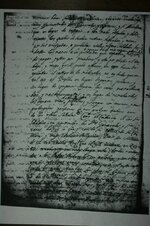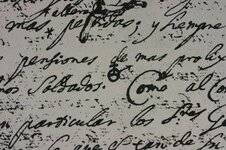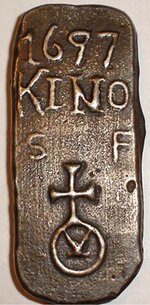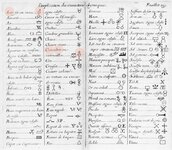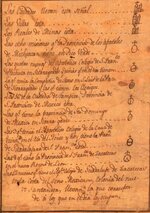sdcfia
Silver Member
- Sep 28, 2014
- 3,673
- 8,919
- Primary Interest:
- Other
sdcfia,
What Father Kino or others "may" have done does not change accepted history. The only thing that will change what has been written, is hard evidence. Deducer will need to quote his Bolton source, and I have doubts that will change the history books.
Father Kino and Juan Mateo Manje's diaries are the best evidence available to us. That remains true whether they are fact or fiction. Neither man mentions traveling to the Moqui villages, although they mention the Moqui many times.
Good luck,
Joe Ribaudo
If you can control the "evidence", then you can control the "history" - either by inclusion or omission. You're right - "accepted history" is just a puppet show that constantly changes direction in the wind.


